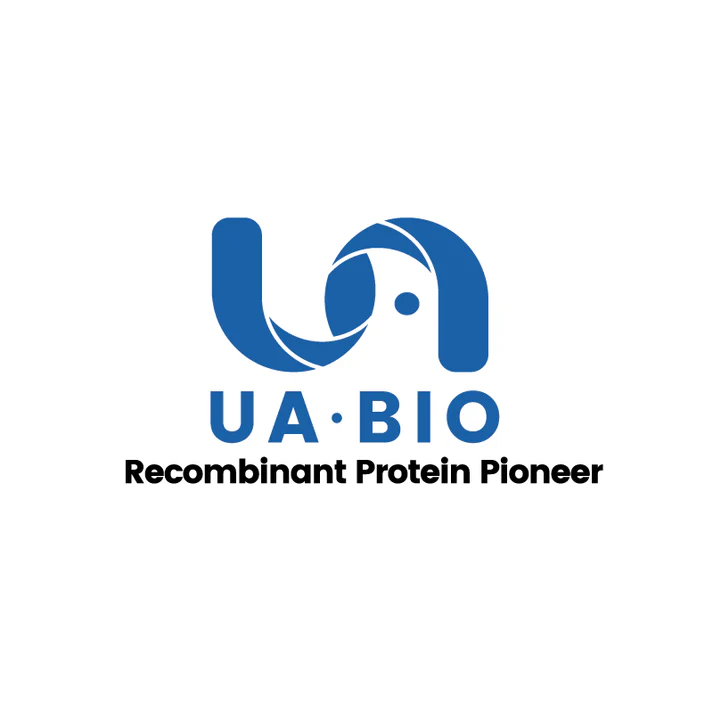1μg (R: reducing condition).
Product Details
Product Details
Product Specification
| Species | Human |
| Synonyms | HGFR, c-MET, HGF/SF receptor, DFNB97, AUTS9, RCCP2, Hepatocyte growth factor receptor, Tyrosine-protein kinase Met |
| Accession | P08581 |
| Amino Acid Sequence | Glu25-Thr932 with Human IgG1 Fc at C-Terminus |
| Expression System | HEK293 |
| Molecular Weight | 34-48 kDa and 105-125 kDa (Reducing) |
| Purity | > 95% by SDS-PAGE |
| Endotoxin | <0.1EU/μg |
| Conjugation | Unconjugated |
| Tag | Human IgG1 Fc |
| Physical Appearance | Lyophilized Powder |
| Storage Buffer | PBS, PH7.4 |
| Reconstitution | Reconstitute at 0.1-1 mg/ml according to the size in ultrapure water after rapid centrifugation. |
| Stability & Storage | · 12 months from date of receipt, lyophilized powder stored at -20 to -80℃. |
| Reference | Neculai D. et al. (2013) Structure of LIMP-2 provides functional insights with implications for SR-BI and CD36. Nature. 504: 172-176. |
Background
HGF R, also known as Met, is a glycosylated receptor tyrosine kinase that plays a pivotal role in epithelial morphogenesis and cancer development. It is synthesized as a single-chain precursor, which undergoes cotranslational proteolytic cleavage to form a mature HGFR. This mature receptor is a disulfide-linked dimer consisting of a 50 kDa extracellular alpha chain and a 145 kDa transmembrane beta chain. The extracellular domain (ECD) features a seven-bladed beta-propeller sema domain, a cysteine-rich PSI/MRS domain, and four Ig-like E-set domains. The cytoplasmic region contains the tyrosine kinase domain. HGFR is typically expressed by cells of epithelial origin, while HGF expression is limited to cells of mesenchymal origin.
Picture
Picture
SDS-PAGE
ELISA
Immobilized HGF Protein, Human (Cat. No. UA040194) at 2.0μg/mL (100μL/well) can bind HGFR/c-MET Fc Chimera Protein, Human (Cat. No. UA010829) with EC50 of 23.39-29.12ng/mL.


